The United States has a vast amount of land encompassing many different environments. Below you’ll find the top 10 largest forests in the United States along with their location, acreage, and some interesting facts. Be warned: if you’re located in the eastern half of the United States you might suddenly get the urge to purchase a plane ticket out west to witness some of these stunning forests.
10. Idaho Panhandle
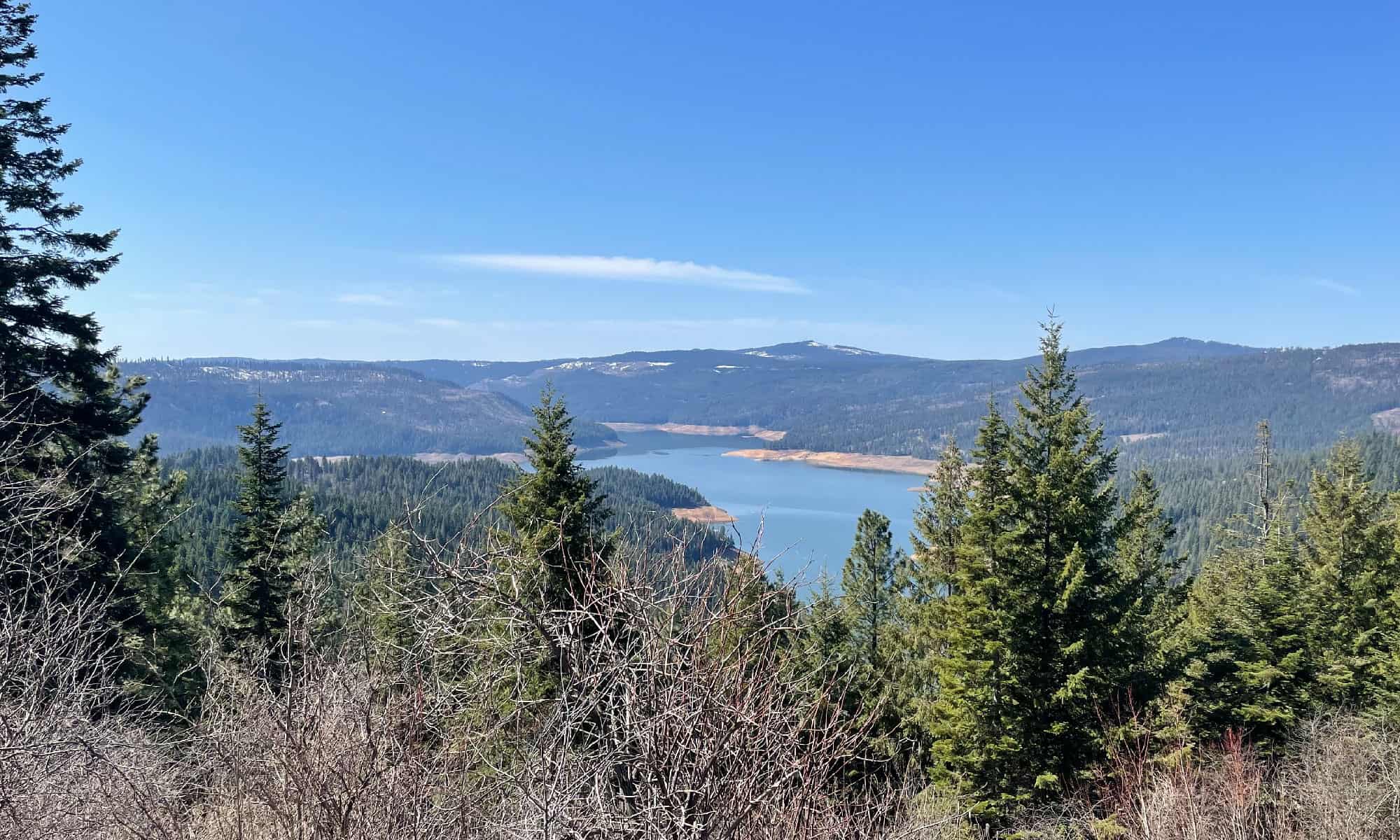
Grizzly bears still live in secluded areas of these forests, though you’re more likely to see eagles and osprey.
©iStock.com/Kevin Henderson
The Idaho Panhandle National Forest covers roughly 2.5 million acres of public land. Though it primarily resides in Idaho, as the name suggests, it also has parts of three other national forests and extends into Washington and Montana. This national forest has areas for fishing, camping, and skiing in the winter months.
9. Tonto National Forest
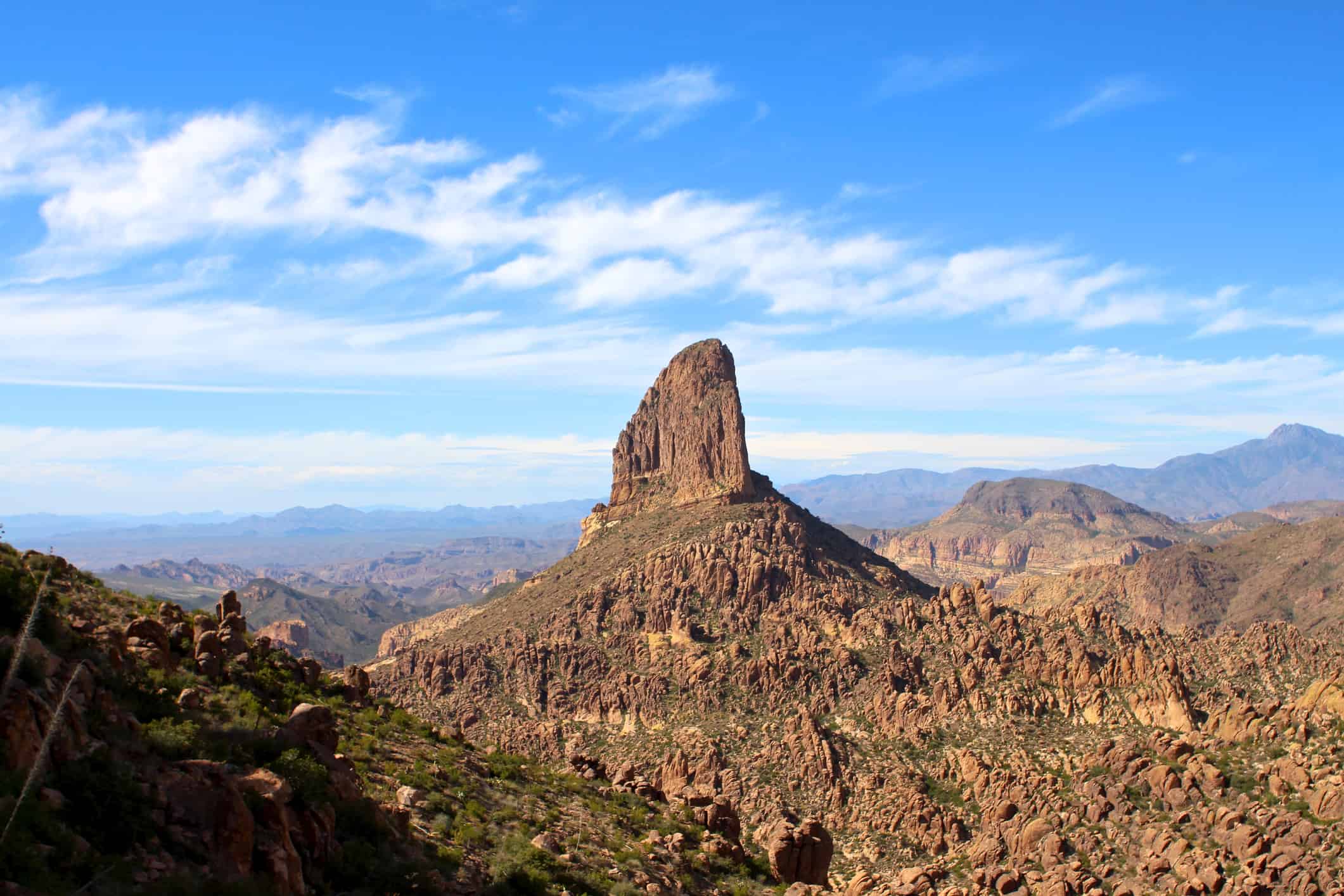
This national forest originally was established to protect the water sources present in the mountains.
©iStock.com/Monica Lara
Tonto National Forest is the largest national forest in Arizona at over 2.9 million acres. These mountains were home to a few different groups of Native Americans until undesirable weather and political conditions pushed them away. Later, farmers, miners, and ranchers took their place, further lending to the rich cultural history of this area. Animals you might spot in this forest are bobcats, mountain lions, black bears, and elk.
8. Gila Wilderness

The Gila National Forest was the first designated wilderness area in the US.
©Eric Poulin/Shutterstock.com
This national forest in Silver City, New Mexico is 3.3 million acres of wilderness. Of that 3.3 million, over 558,000 of those acres are “wilderness areas” meaning they’re completely untouched by any type of maintenance. These areas can give you a deeper sense of what it must’ve been like when people first began to explore the forest. You can also walk man-made catwalks or take a dip in the hot spring all while completely immersed in the New Mexican landscape.
7. Beaverhead-Deerlodge National Forest
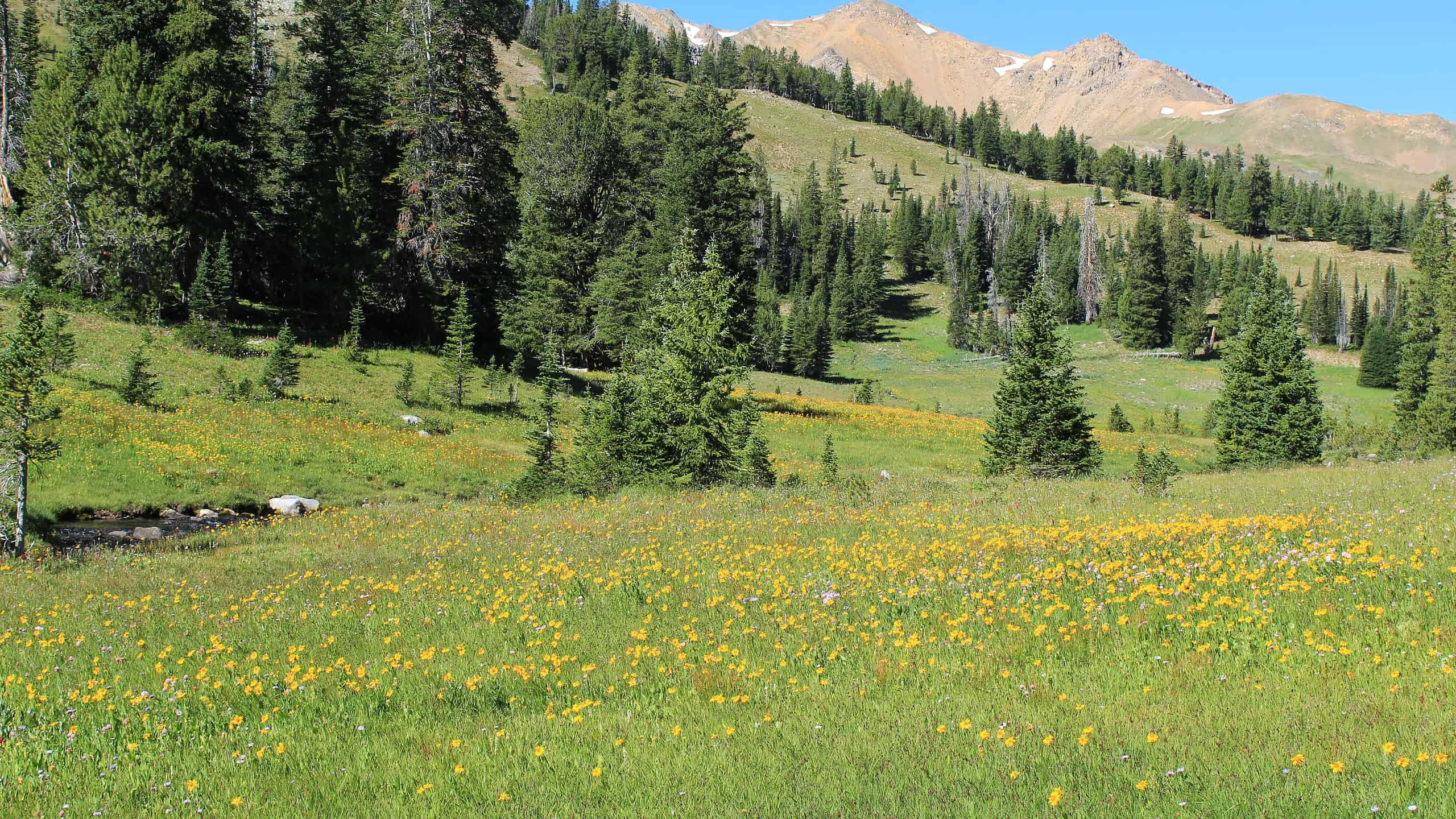
Also known as the “Jewel of the West”, Beaverhead-Deerlodge National Forest is a must-see for nature lovers and outdoor enthusiasts.
©Emily Kerns/Shutterstock.com
The Beaverhead-Deerlodge National Forest in Montana is a whopping 3.39 million acres of land suitable for timber, grazing animals, camping, and hiking. For hikers, you have over 1,500 miles to traverse in these forests and many campsites to choose from for an overnight stay. This is Montana’s largest national forest and is home to 285 mountains. With such a large area of wilderness, it’s obvious there will be a large amount of wildlife. The Beavehead-Deerlodge National Forest is home to over 340 terrestrial animal species. Wolves and grizzly bears traverse this area as well as over 200 species of birds.
6. Bridger-Teton National Forest
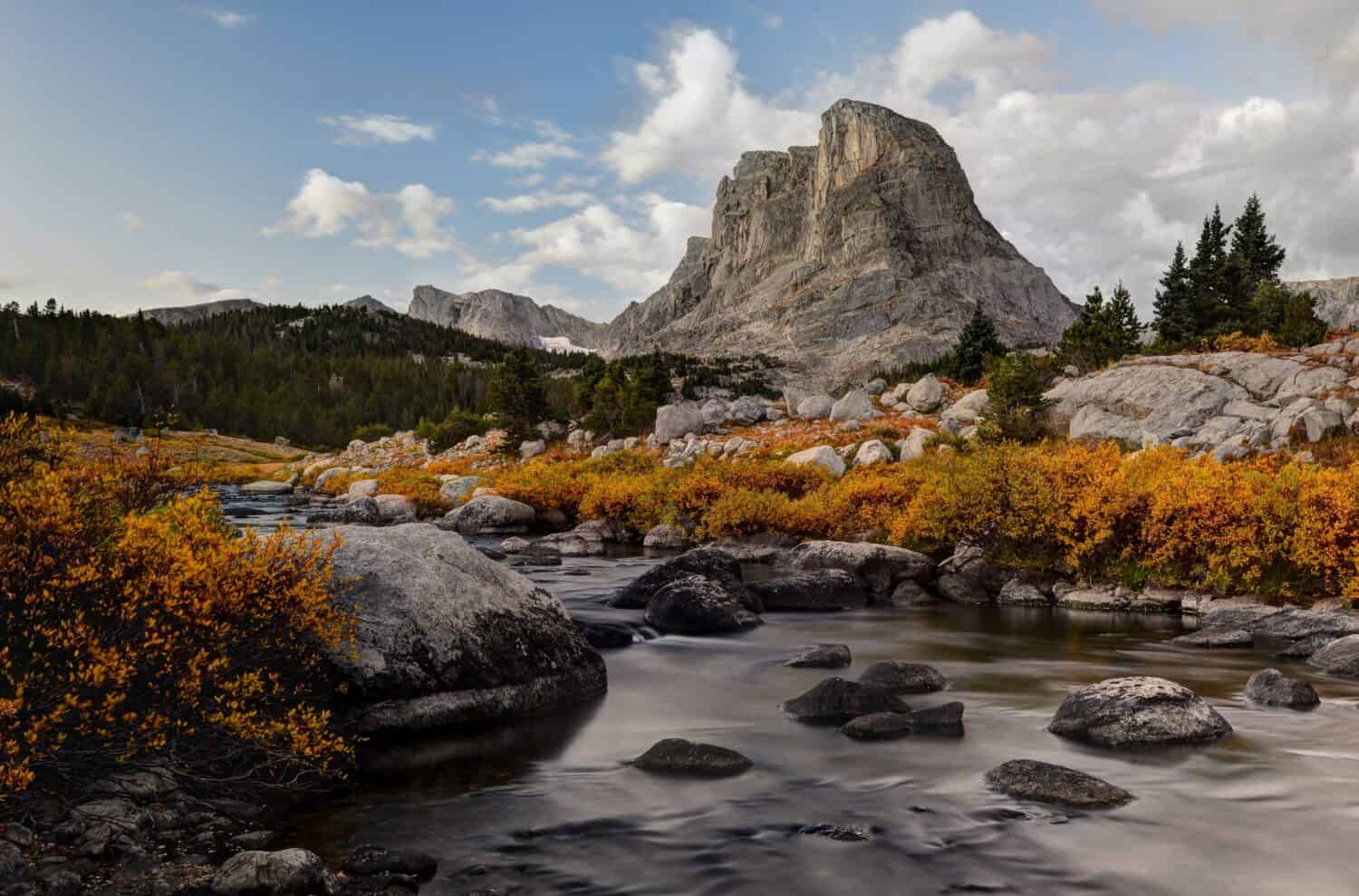
As a part of the Greater Yellowstone Ecosystem, the Bridger-Teton National Forest has a large section of a massive uninterrupted ecosystem in the continental US.
©Sierralara/Shutterstock.com
The Bridger-Teton National Forest is 3.4 million acres long. Its home is in Wyoming, which also houses the Grand Teton National Park, conveniently located adjacent to this forest. Since it is one of the largest national forests in the United States, it’s no surprise the amount of diversity here. You can spot bighorn sheep, bison, and black bears in addition to 355 species of birds! If birdwatching isn’t your preference, there’s ample fish to spot and catch in the forest’s many lakes and streams.
5. Okanogan-Wenatchee National Forest
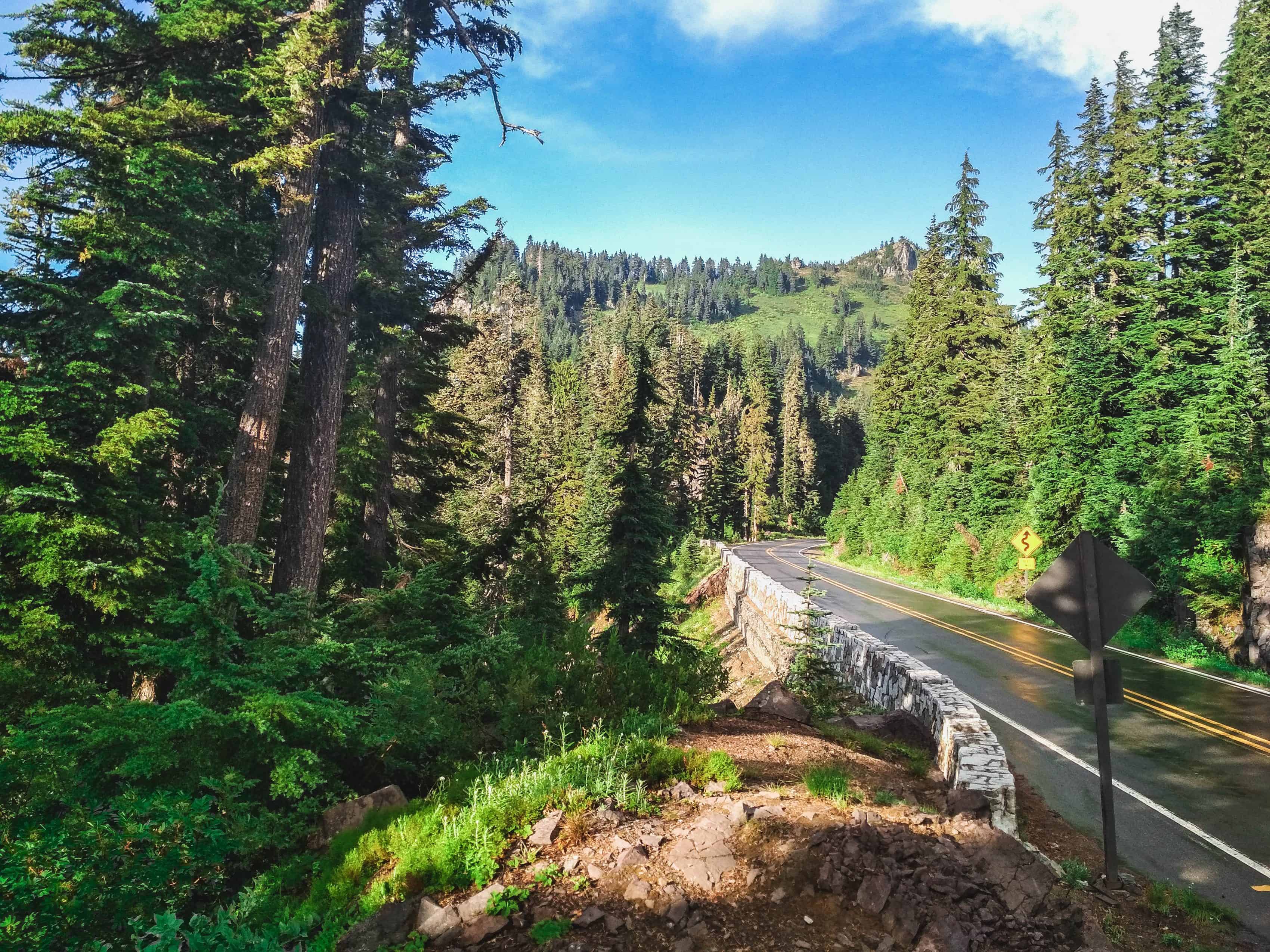
Weather varies as much as the environments do in this expansive national forest.
©Velimir Zeland/Shutterstock.com
The Okanogan-Wenatchee National Forest is spread over 3.8 million acres of Washington state. Its wide range goes from north to south so the diversity in habitats is impressive. At the northern end, near the Canadian border, you can find tundra-like environments. As you go south, you’ll see more green and lush forests. You’re sure to find an assortment of animals from snowshoe hares and chipmunks to coyotes and bobcats. Each season will bring about a new view, so be sure to make multiple visits to this forest.
4. Salmon-Challis National Forest
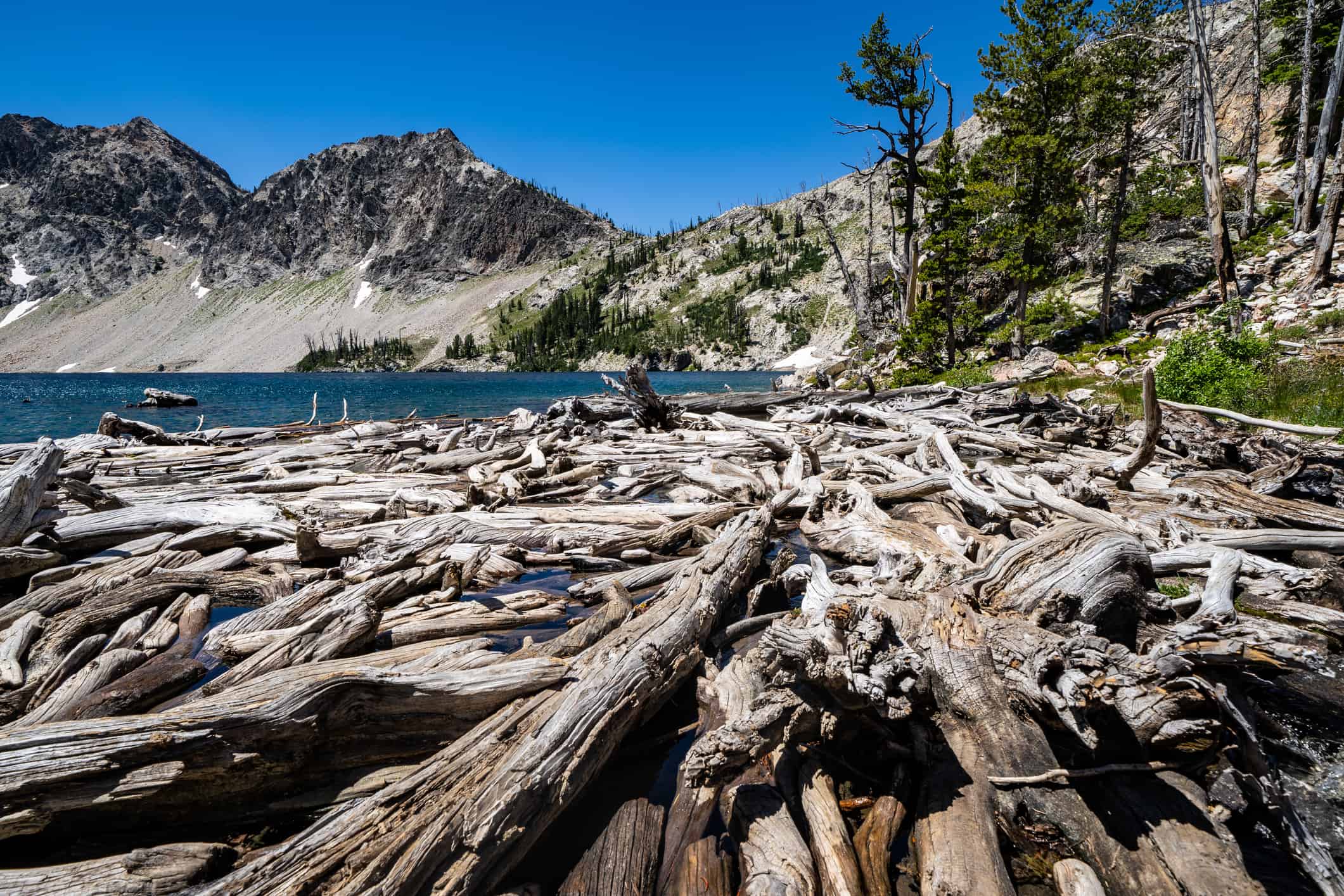
The Frank Church River of No Return Wilderness Area is bound within this national forest and is the largest area of contiguous wilderness in the country.
©Melissa Kopka/iStock via Getty Images
Ringing in at over 4.3 million acres spanning the landscape of Idaho, Salmon-Challis National Forest is one of the largest this country calls its own. You can spot four different mountain ranges in this forest: Lehmi, Bitterroot, Pioneer, and Lost River. Some of the peaks within the Frank Church River of No Return are granite peaks. There is also no shortage of relaxing spots to fish or camp. If you’re looking for a historical twist to your outdoor adventure, you can enjoy a trek on the Lewis and Clark historic trail.
3. Chugach National Forest
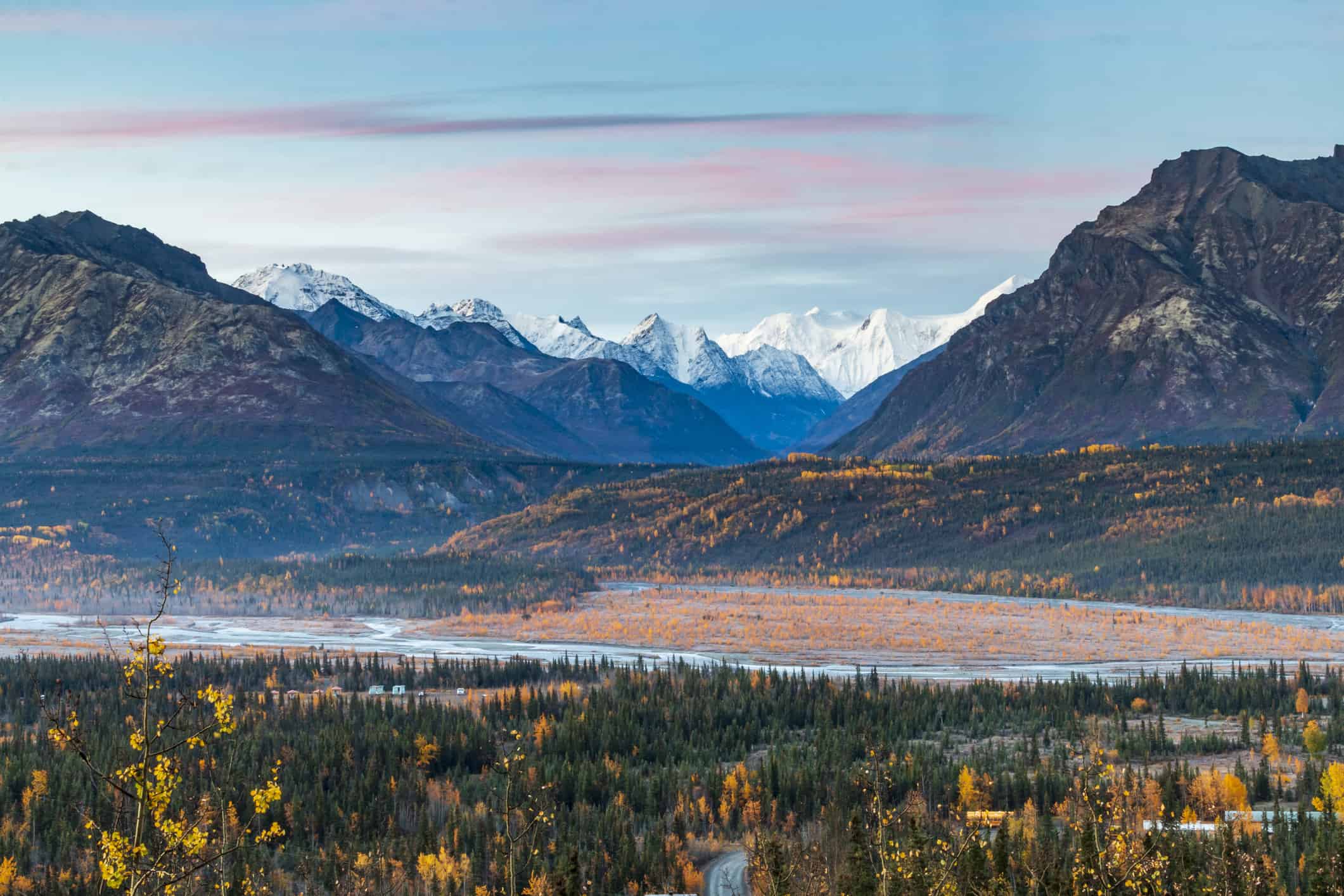
This is the most north-westerly forest in the United States and
30% of its mass is covered in ice
.
©iStock.com/Nathaniel Gonzales
Alaska, which alone is one-fifth the size of the continental US, is an entirely different landscape that graces the country with some of the largest swaths of forested land. Chugach National Forest in Alaska covers great ground, both in acreage and spread. It is 5.5 million acres wide and spreads from the coastline to high, snowy mountains in south-central Alaska. There are over 500 miles of trails intrepid hikers can cross. It is a great area for fishing, relaxing, and appreciating the natural landscape and its animal visitors.
2. Humbolt-Tioyabe National Forest
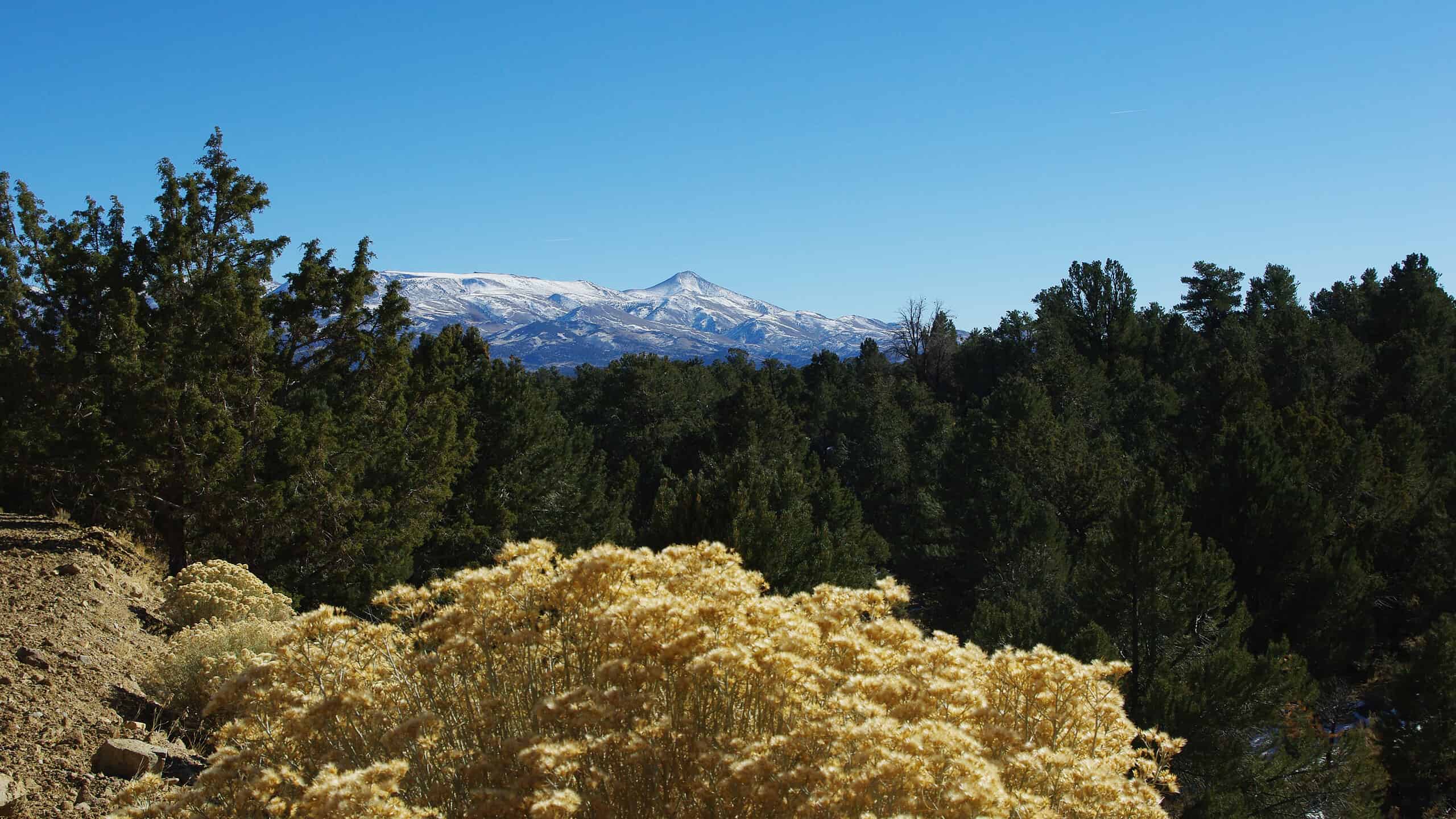
This is the largest forest in the lower 48 states.
©Claudio Del Luongo/Shutterstock.com
At an almost unfathomable size of over 6 million acres, Nevada is the keeper of the Humbolt-Tioyabe National Forest. It has 23 wilderness areas that are trekkable and no shortage of sights to see. This national forest borders California, Idaho, and Utah. You can find volcanic peaks, canyons, and old forests along with unthinkable plant diversity. Additionally, lakes and open land areas are just as abundant.
1.Tongass National Forest
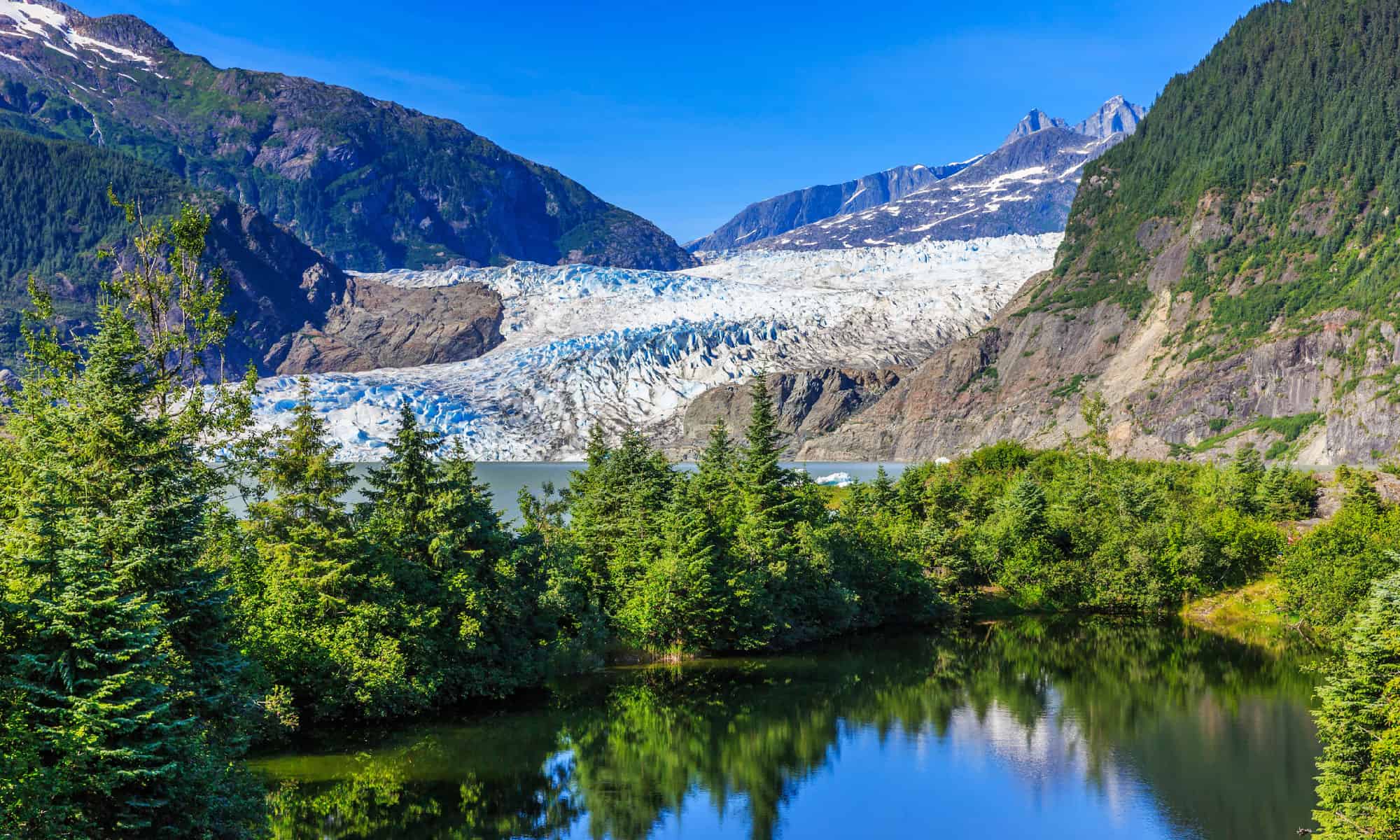
The species living here thrive with
no threatened or endangered species
residing in this forest.
©iStock.com/SCStock
Our final entry and the largest forest in the United States is Tongass National Forest. Over 17 million acres of glaciated and mountainous regions are found in the southeastern Alaskan panhandle. This landscape is extremely varied not only from the ascendance of height but also depending on where you go along the 11,000 miles of shoreline. You can flourishing areas where flowers bloom and harsh areas where even trees refuse to grow. Brave animals such as grizzly bears, bald eagles, and moose make this awe-inspiring forest their home.
Summary of Largest Forests in the United States
| Forest | Size (in acres) |
|---|---|
| 1. Tongass National Forest | 17 million |
| 2. Humbolt-Tioyabe National Forest | 6 million |
| 3. Chugach National Forest | 5.5 million |
| 4. Salmon-Challis National Forest | 4.3 million |
| 5. Okanogan-Wenatchee National Forest | 3.8 million |
| 6. Bridger-Teton National Forest | 3.4 million |
| 7. Beaverhead-Deerlodge National Forest | 3.39 million |
| 8. Gila Wilderness | 3.3 million |
| 9. Tonto National Forest | 2.9 million |
| 10. Idaho Panhandle | 2.5 million |
The photo featured at the top of this post is © iStock.com/SCStock
Thank you for reading! Have some feedback for us? Contact the AZ Animals editorial team.







